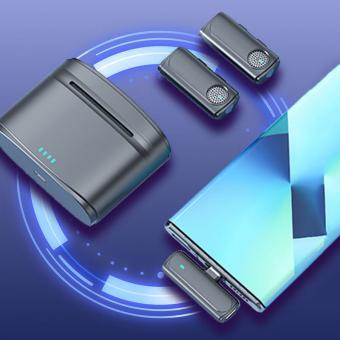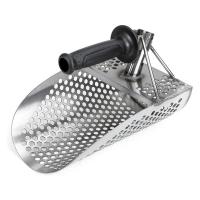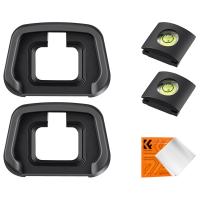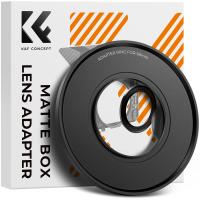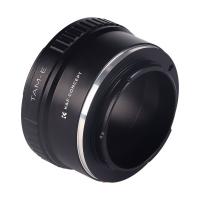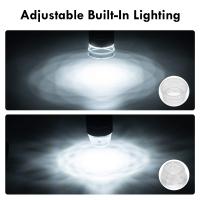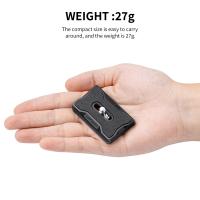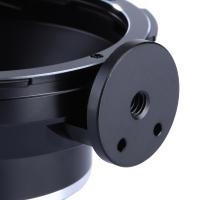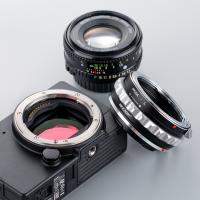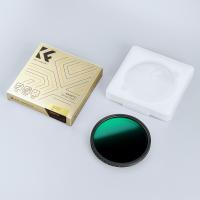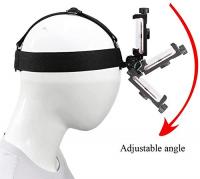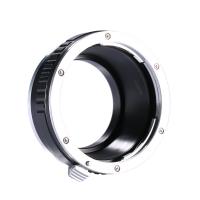How To Mic Up An Athlete ?
To mic up an athlete, you will need a wireless microphone system that can be attached to the athlete's clothing or equipment. The microphone should be placed close to the athlete's mouth to ensure clear audio. It is important to test the microphone before the event to ensure that it is working properly and that the audio levels are set correctly. The microphone should also be positioned in a way that does not interfere with the athlete's movements or performance. Additionally, it is important to use wind protection to prevent wind noise from affecting the audio quality. Finally, the audio should be monitored throughout the event to ensure that the levels remain consistent and that there are no technical issues.
1、 Wireless microphone systems for athletes
Wireless microphone systems for athletes have become increasingly popular in recent years. These systems allow athletes to move freely without being tethered to a microphone, while still ensuring that their voice is heard clearly by coaches, teammates, and spectators.
When it comes to mic'ing up an athlete, there are a few key things to keep in mind. First, it's important to choose a microphone that is designed for sports use. These microphones are typically more rugged and durable than standard microphones, and are designed to withstand the rigors of athletic activity.
Second, it's important to choose a wireless microphone system that is reliable and easy to use. Look for a system that offers clear sound quality, a long battery life, and easy setup and operation.
Finally, it's important to consider the specific needs of the athlete and the sport. For example, a football player may need a microphone that can be attached to their helmet, while a basketball player may need a microphone that can be worn on their jersey.
Overall, wireless microphone systems for athletes are a great way to ensure that athletes can communicate effectively with their coaches and teammates, while still being able to move freely and focus on their performance. As technology continues to evolve, we can expect to see even more advanced and innovative microphone systems designed specifically for sports use.
2、 Microphone placement for different sports
Microphone placement for different sports is crucial to capture the best audio quality. The placement of the microphone depends on the sport being played and the position of the athlete. For example, in football, the microphone should be placed near the field to capture the sound of the players' footsteps and the ball being kicked. In basketball, the microphone should be placed near the court to capture the sound of the ball bouncing and the players' movements.
In recent years, there has been a shift towards using wireless microphones for athletes. This allows for greater flexibility in microphone placement and reduces the risk of the athlete getting tangled in wires. Additionally, advancements in microphone technology have allowed for better noise cancellation, resulting in clearer audio.
When mic'ing up an athlete, it is important to consider the type of microphone being used. A directional microphone is ideal for capturing the sound of a single athlete, while an omnidirectional microphone is better suited for capturing the sound of a group of athletes.
Overall, microphone placement for different sports requires careful consideration and experimentation to achieve the best audio quality. With the latest advancements in microphone technology, it is now easier than ever to capture clear and crisp audio of athletes in action.
3、 Wind protection for outdoor sports
Wind protection for outdoor sports is an essential aspect of ensuring that athletes can perform at their best. Wind can cause discomfort, distraction, and even injury to athletes, especially those participating in high-speed sports such as cycling, skiing, and snowboarding. To protect athletes from the wind, there are several measures that can be taken.
One of the most effective ways to protect athletes from the wind is to provide them with appropriate clothing. This includes windproof jackets, pants, and gloves that are designed to keep the wind out while still allowing for breathability. Additionally, athletes can wear wind-resistant hats or headbands to protect their ears and head from the wind.
Another way to protect athletes from the wind is to provide them with wind barriers. This can include temporary barriers such as windbreaks or permanent structures such as walls or fences. These barriers can help to reduce the wind's impact on athletes and provide a more comfortable environment for them to perform in.
Finally, it is important to consider the location and timing of outdoor sports events. Choosing a location that is sheltered from the wind or scheduling events during times when the wind is less severe can help to minimize the impact of wind on athletes.
In conclusion, wind protection for outdoor sports is crucial for ensuring that athletes can perform at their best. By providing appropriate clothing, wind barriers, and choosing the right location and timing, athletes can be protected from the wind and perform at their highest level.
4、 Sweat and moisture protection for microphones
Sweat and moisture protection for microphones is an essential consideration when mic'ing up an athlete. Athletes tend to sweat profusely during their performances, and this can cause damage to the microphone if it is not adequately protected. The moisture can seep into the microphone's internal components, causing corrosion and damage to the delicate electronics.
One of the best ways to protect microphones from sweat and moisture is to use a windscreen or a pop filter. These accessories can help to prevent moisture from entering the microphone while still allowing the athlete's voice to be captured clearly. Additionally, using a microphone with a waterproof or water-resistant casing can also help to protect against moisture damage.
Another important consideration when mic'ing up an athlete is to choose the right type of microphone. Dynamic microphones are often the best choice for sports broadcasting because they are rugged and can handle high sound pressure levels. They are also less sensitive to moisture than condenser microphones, which can be more delicate and prone to damage.
Finally, it is essential to ensure that the microphone is positioned correctly to capture the athlete's voice clearly. This may involve using a boom arm or a stand to position the microphone close to the athlete's mouth while still allowing them to move freely.
In conclusion, protecting microphones from sweat and moisture is crucial when mic'ing up an athlete. Using a windscreen or pop filter, choosing the right type of microphone, and positioning the microphone correctly can all help to ensure that the athlete's voice is captured clearly while also protecting the microphone from damage.






